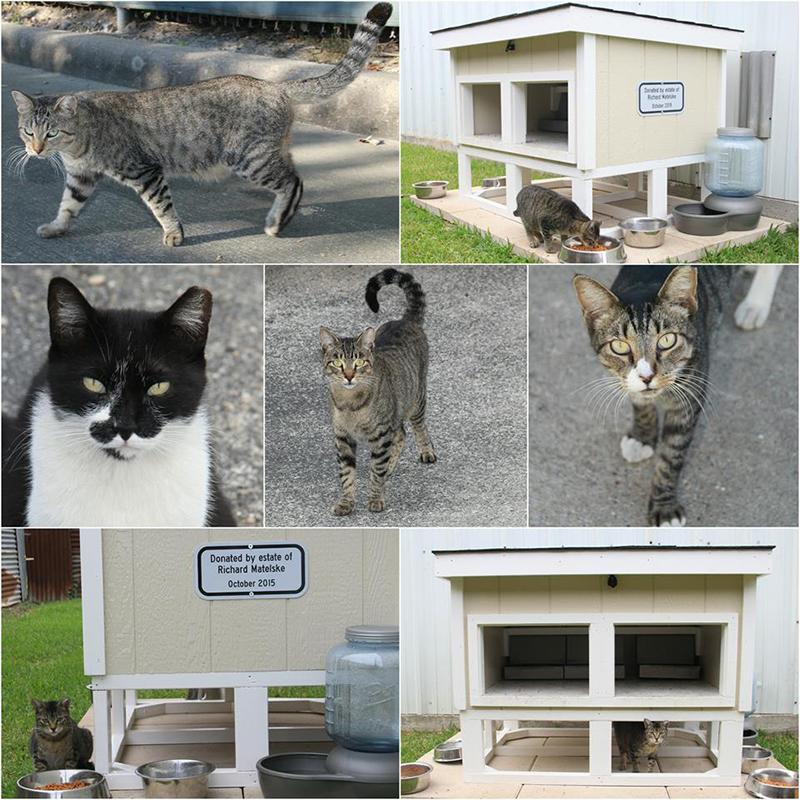A question that could affect a lot of cities, including Houston.
Trap, neuter, return programs are popular across Texas as a way to control feral cat populations. But one local official is now posing a thorny question: Are they legal?
Brazoria County District Attorney Tom Selleck has asked the attorney general’s office to determine whether the initiatives run afoul of animal cruelty laws that criminalize abandonment.
Selleck insists he is not trying to put an end to the programs, but instead wants clarification as several cities in his area consider their use.
“We’re certainly not saying it’s a bad program, quite the contrary, I think it has some excellent benefits,” he said. “I just don’t want somebody getting arrested over it. I’d like to know what my parameters are as a prosecutor.”
Attorney General Ken Paxton has yet to issue the opinion that could have sweeping implications for animal control efforts in Dallas and other cities. In addition to managing stray cat populations, the programs are also credited with cutting back on nuisance mating behaviors like fighting, yowling and marking.
Generally the programs work like this: Stray cats are trapped, then sterilized and vaccinated by a veterinarian before being returned to where they were found. Animals that have been through the process are often marked with a clipped ear.
In his November letter, Selleck questioned whether the programs may conflict with a state law that makes it a crime to abandon “unreasonably an animal in the person’s custody.”
“Returning the animal into the wild, without making reasonable arrangements for another individual to take custody of said animal, operates as a form of abandonment, by letter of the law,” he wrote. “If the abandonment is made unreasonably, such as leaving the stray in an open and unsafe environment, then that may support a conviction.”
Danielle Bays, a senior analyst for cat protection and policy at the Humane Society of the United States, pushed back on that notion.
“It’s not as if these cats are being left to fend for themselves,” Bays said. The stray cats are returned to the same place they were trapped, she said, often where they’re being fed or cared for by people.
“I don’t know of anywhere where people have actually been charged with abandoning cats when they return them to where they were found,” she said. “If you’re taking those cats and releasing them somewhere else, if you were just dumping them somewhere, that’s not the same thing.”
I get where DA Selleck is coming from – certainly as an officer of the court he wants to make sure he’s in compliance with the law – but I dunno, if the issue has never come up before and so many cities have been doing this without any problems, maybe it’s not an issue? Houston is one of those cities, so we have some skin in this game. Selleck says that he hopes the AG’s office will return an opinion in time for the Lege to take action if needed, a sentiment with which I agree. That said, if there really is a concern, there’s no reason not to ask a legislator right now to craft and carry a bill that would clarify the law and remove the potential conflict. Why take the chance on the opinion landing after the bill filing date, or the Lege not having the time to move it after the opinion drops? If it’s an issue, take action now. That’s my opinion.


The issue never came up until Pearland wanted to start a TNR program and the Animal Control Director there called in some favors to try to get it stopped before it even started. He hates cats and has continued a trap and kill initiative throughout that City. So the DA sent that letter to Texas Attorney General.